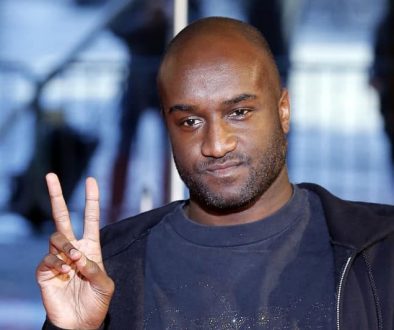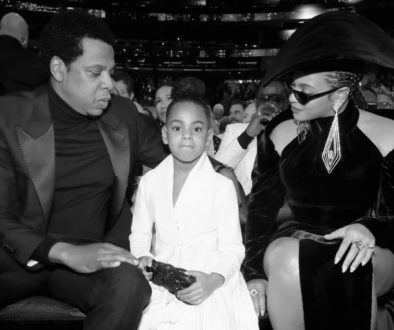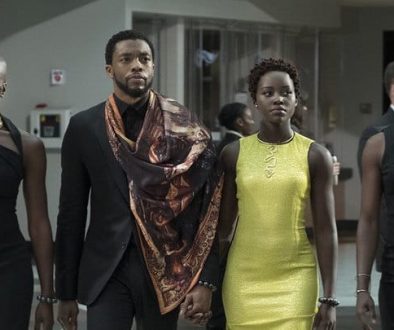This Japanese WWII fighter pilot thought he crash landed on a deserted Hawaiian island. Wrong.
The ‘Niihau Incident’ did not end well for him
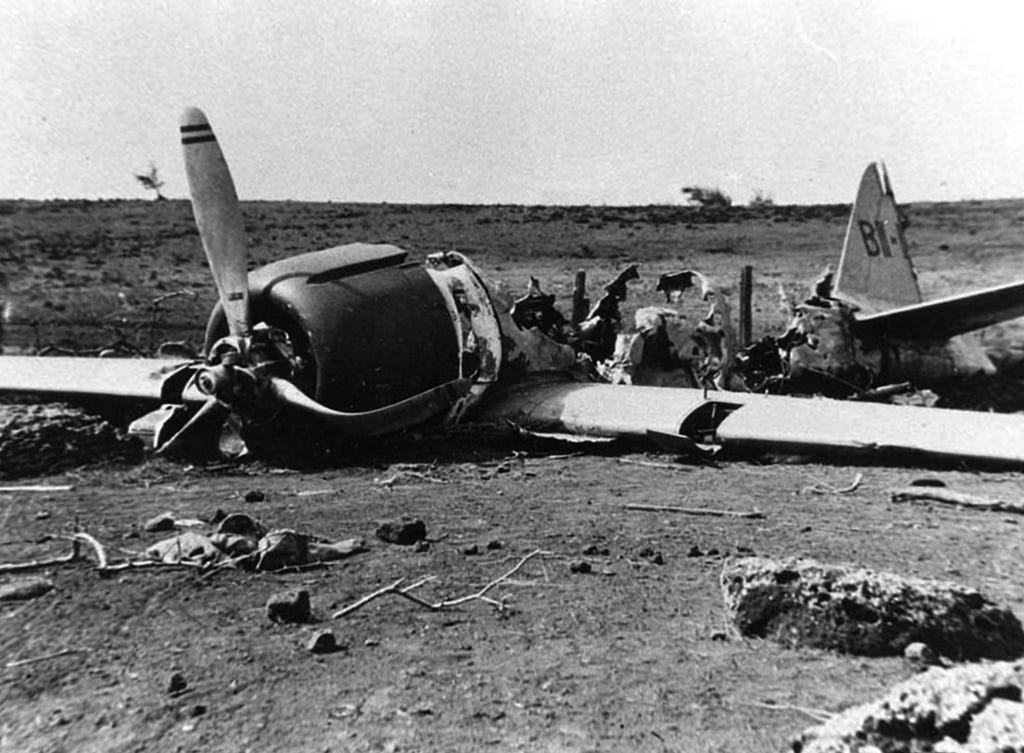
Immediately after the bombing of Pearl Harbor on December 7, 1941 — the date that would live in infamy — there began a peculiar and violent episode that has more or less lived in obscurity ever since.
Japanese pilot Shigenori Nishikaichi was flying his Mitsubishi Zero over the Pacific. The 22-year-old was escorting several bombers that were part of a second wave of attack on Pearl Harbor, with Bellows Field, an Army airbase, as their target.
But the Japanese no longer had the element of surprise on their side. On their way back to the aircraft carrier, they were met by a squadron of American P-36 Hawks. The Zeros were far superior aircraft, enabling the Japanese to outrun and outgun their adversaries, but still not all of them escaped unscathed.
Nishikaichi had shot down an American plane, but he was hit, and the bullet hole in his fuel tank was leaking badly. The aircraft carrier was 200 miles away, and he wasn’t going to make it.
The Japanese military had outlined plans for emergency landing in advance, recommending pilots touch down on the presumably uninhabited island of Niihau, where they could be rescued by submarine.
Niihau is the second-smallest and westernmost of the eight major Hawaiian islands. It has remained privately owned and lightly populated since the Robinson family purchased the island from King Kamehameha V in 1864. Permission to visit is mostly reserved for relatives and friends of natives. The 2010 census counted a population of 210, a small increase from the 136 living there in 1941.
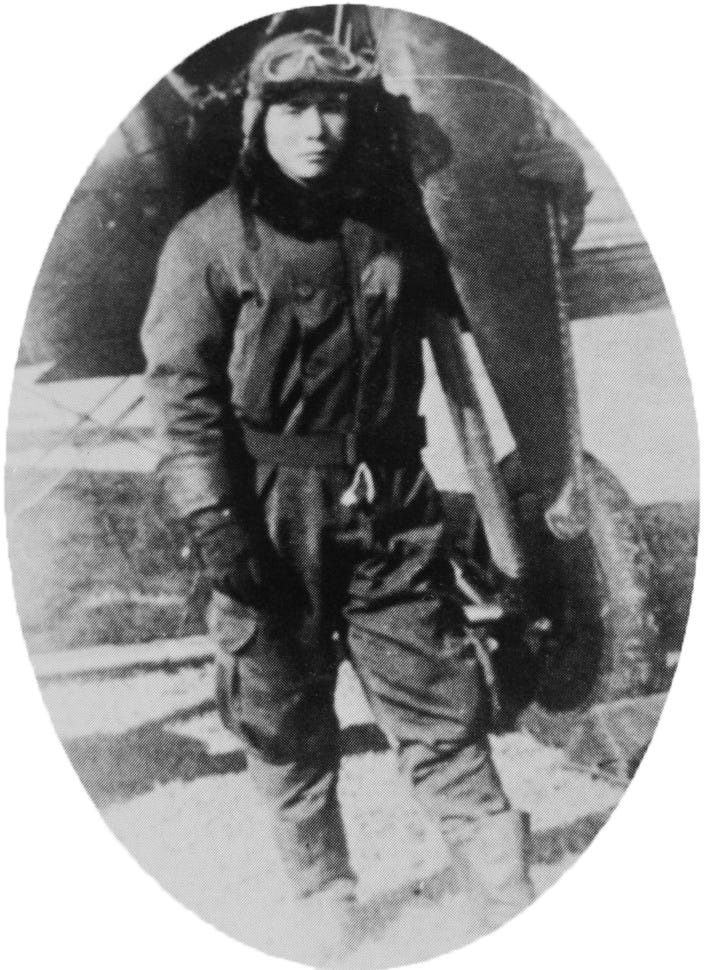
Nishikaichi soon discovered the island was not deserted. Approaching the ground, he saw buildings dotting the landscape. In fact, he would come into abrupt contact with civilization while making his landing: Nishikaichi’s landing gear collided with a farmer’s fence, sending his plane’s nose into the ground, mangling the propeller and bending the fuselage.
Residents on Niihau were mostly Polynesian natives who worked the farms, cultivating livestock like sheep and cattle, and keeping bees.
Hawilo Kaleohano saw the crash landing and rushed to the scene. He identified the aircraft as Japanese, and dragged the semi-conscious pilot from the wreckage. Noting the bullet holes on the craft, and drawing from his awareness of escalating tensions between the U.S. and Japan, Kaleohano confiscated the papers and gun from the semi-conscious pilot.
Kaleohano called over a 61-year-old Japanese beekeeper named Ishimatsu Shintani , but he was a reluctant aid, as an immigrant who wanted little trouble. The pair spoke, and Shintani appeared visibly shocked. Shintani kept it a secret, and left soon afterward, but he had heard the news: The Empire of Japan had attacked the United States and declared war.
A more cooperative Japanese couple, Yoshio and Irene Harada, were summoned to talk to the pilot in his native language. They heard the tidings of war, and they too kept them secret.
The rest of the island’s residents were in high enough spirits that they threw a luau for the pilot, who sang a song over a guitar. Nishikaichi expected to be rescued soon by submarine, as the the emergency plans said, but unbeknownst to him the submarine in the area had been commanded instead to patrol for American ships.
Then came word from elsewhere. The island did not have an electrical grid nor telephones, but it did have a single battery-powered radio. That night they found out about the morning’s assault on Oahu. The inhabitants now realized they harbored a foreign enemy.
They sheltered him overnight, and transported him by tractor to the shore the next day where they expected the return of island owner Aylmer Robinson, who made weekly trips to the island. But a temporary ban on sea travel kept him away.
In the meantime, the stranded Nishikaichi persuaded the Haradas that Japan would inevitably win the war, enlisting them as allies.
Nishikaichi’s most urgent concern was to reclaim the papers taken from him in the crash. They contained maps, codes, and battle plans that he was warned must not fall into the hands of the enemy. Tensions heightened in the following days, when on December 11, Shintani, the beekeeper, went to Kaleohano’s house with $200 to plead a case for the papers’ return, explaining the pilot’s life was on the line and danger awaited him if he declined. Kaleohano refused to return them, and kicked the man off of his property.
After the confrontation, Nishikaichi and the Haradas agreed that the pilot was to meet his end in honorable death, likely by suicide. Yoshio Harada and Nishikaichi broke into a shed and stole a shotgun and the pistol Kaleohano had confiscated from the pilot. The armed group then made way to Kaleohano’s house to find the papers.
When they arrived, Kaleohano was nowhere to be seen. The two broke into his house and searched for the papers, but nothing turned up. Kaleohano had been hiding in his outhouse, and made an escape, though not before one of the raiding party shot at him with the shotgun. Luckily they missed. Kaleohano ran, and dropped off the papers at his mother-in-law’s. He assembled a few islanders to accompany him on a 10-hour boat trip to the neighboring island of Kauai to get reinforcements.
In the meantime the frustrated and emboldened pair set fired to Kaleohano’s house. They took a guard and another resident of the house hostage and paraded though the town, firing their weapons. They later took two more in the form of Benehakaka Kanahele and his wife, Ella.
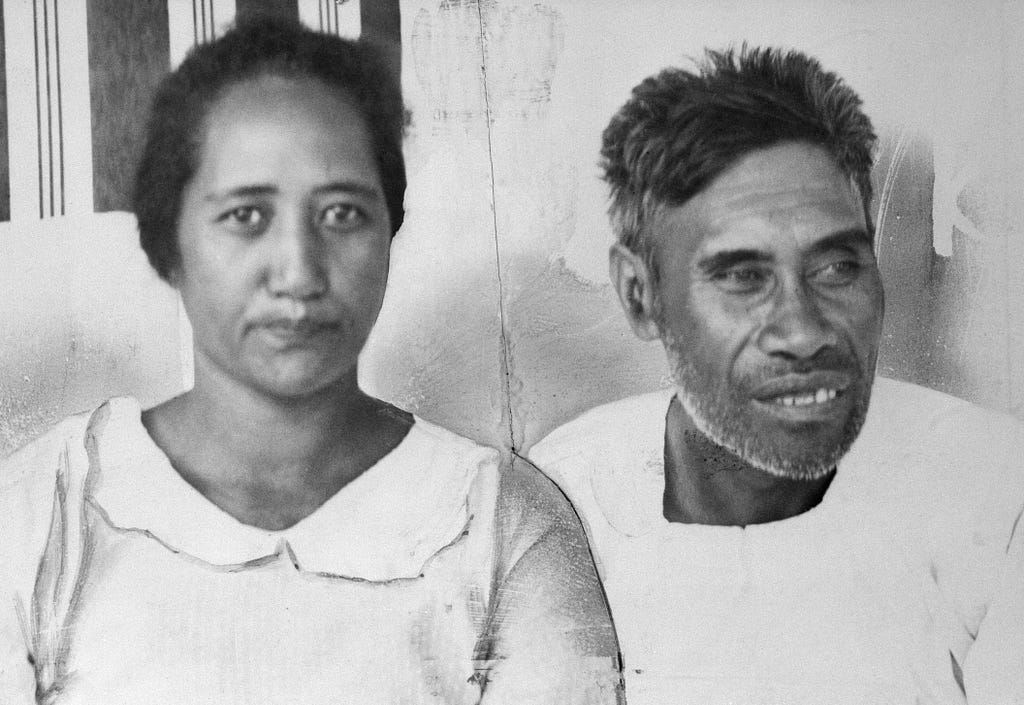
Ben spoke to Yoshio Harada in Hawaiian, asking for help in taking the pilot’s gun away from him. During the exchange, Ben lunged for the pilot, but Nishikaichi was too quick. He fired his pistol at Ben, striking him in the chest, hip, and groin. But the agitated and burly man charged on. “Then I got mad,’’ he later told a newspaper. “I picked up the flier and threw him against the stone wall and knocked him cold.’’ His wife joined in, bashing the pilot’s skull in with a rock. Ben followed after by setting his hunting knife into the pilot’s neck. In the frenzy, Harada grabbed the shotgun and shot himself in the gut.
When reinforcements from Kauai came to the island, they arrested the remaining individuals involved. Shintani was sent to an internment camp and became a U.S. citizen in 1960, while Irene Harada was imprisoned on Honolulu for three years.
Ben Kanahele was later awarded the Medal for Merit and the Purple Heart, and Hawila Kaleohano was awarded the Medal of Freedom and a compensation package for the property he lost in the fire. Ben’s wife Ella received no official recognition for her role in subduing the pilot.
The Niihau incident is sometimes cited as a cause of America’s Japanese internment program. The case rests on little more primary evidence than the concerns of one Naval intelligence officer Irving Mayfield, who said, “The fact that the two Niihau Japanese who had previously shown no anti-American tendencies went to the aid of the pilot … indicates likelihood that Japanese residents previously believed loyal to the United States may aid Japan.” As recently as 2004, the event was cited by Michelle Malkin in her apologia for the American domestic response, In Defense of Internment.
Others are more skeptical of the peculiar episode’s supposed influence. “A few latter-day apologists for Japanese American confinement have described the Niʻihau incident as key in prompting President Roosevelt to sign Executive Order 9066,” wrote historian Greg Thompson. “This appears to be unfounded speculation. There is no evidence that the Ni’ihau incident influenced later policy — in none of the mountains of transcripts and memoranda of War Department and White House discussions regarding Japanese Americans on the West Coast that I have reviewed is the Ni’ihau incident even once mentioned.”
This Japanese WWII fighter pilot thought he crash landed on a deserted Hawaiian island. Wrong. was originally published in Timeline on Medium, where people are continuing the conversation by highlighting and responding to this story.
Powered by WPeMatico
